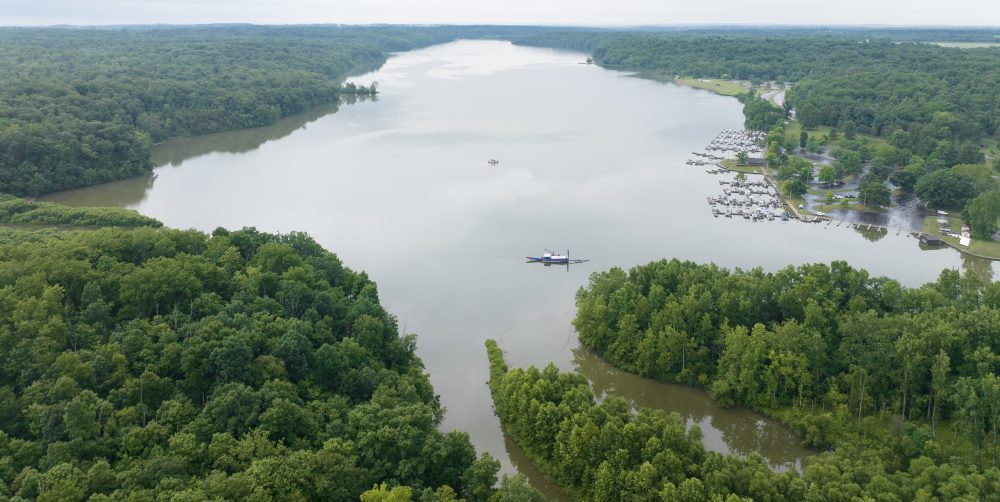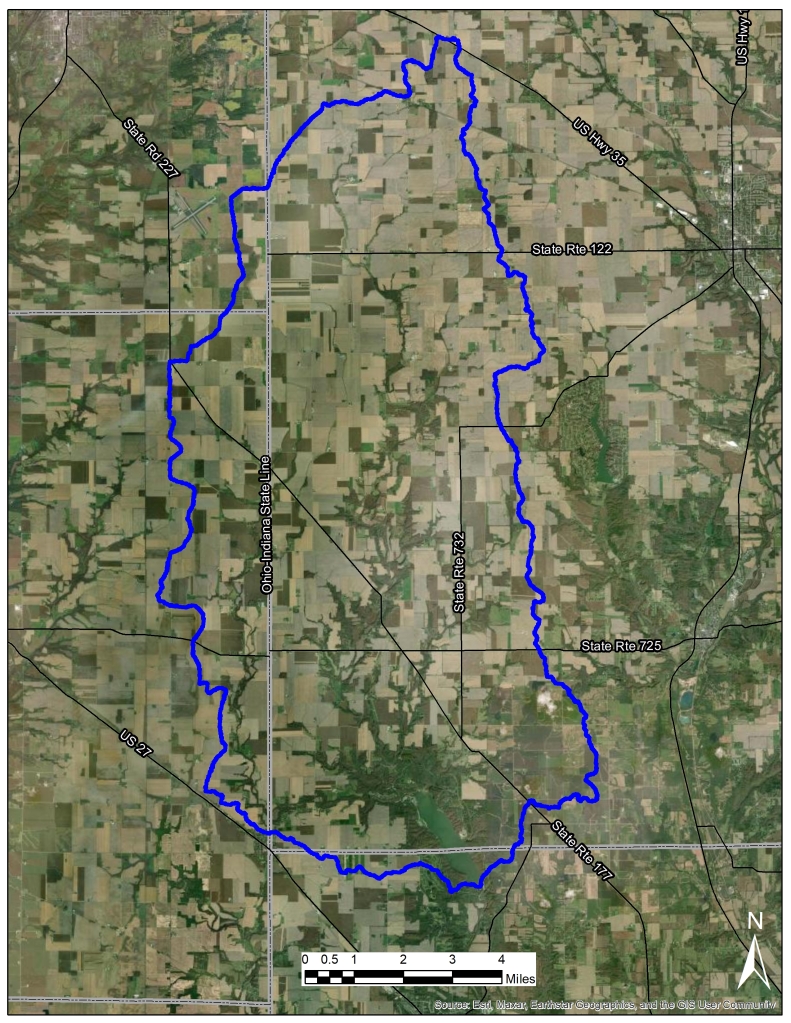Response of a reservoir ecosystem to changing subsidies of nutrients and detritus
Over 30 years of research on Acton Lake and its watershed.

Not just research
While we are a productive research group we pride ourselves in doing more.

Student Involvement
- Undergraduate and Graduate students.
- Showcase their projects.
- Preparing future scientists.


Outreach
- Involves students, staff, and faculty.
- Share our knowledge with local stakeholders.
- Working towards giving back in our community.